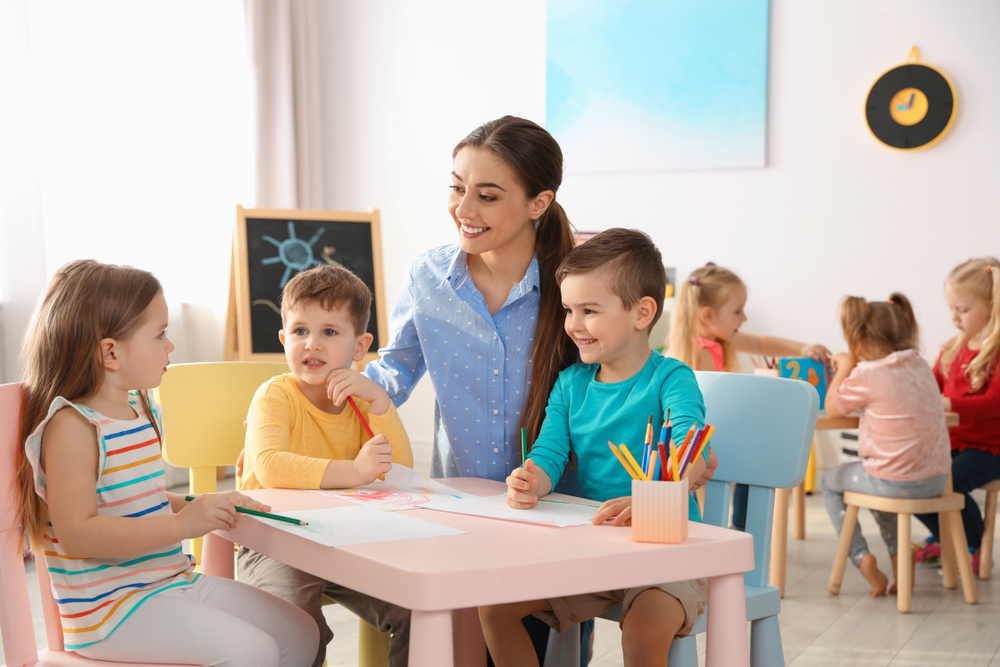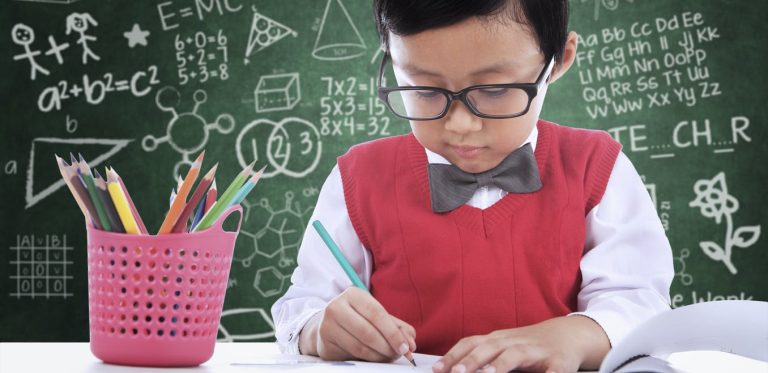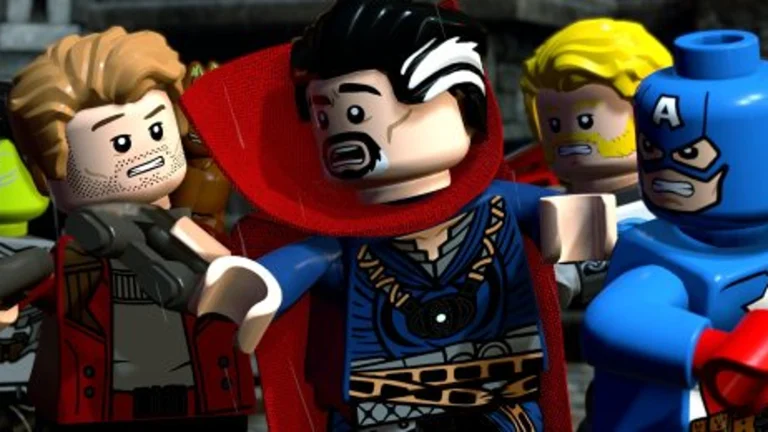Developing instructional strategies that enthrall younger students is a science as much as an art. Kindergarten is a critical year when kids acquire fundamental skills that define their academic path. Including sensory activities for infants into kindergarten classes lets teachers foster in ways that really connect with young brains creativity, curiosity, and critical thinking. These creative ideas below help to create interesting lesson plans for kindergarteners.
Including Practical Exercise
Young children learn best when they can touch, feel, and move objects. Fine motor skills development depends on practical exercises include building blocks, painting, and puzzles. Using basic household or classroom supplies, teachers might design themed stations for inquiry such as “D Dinosaur Dig” or “Underwater Adventure.” Turning abstract ideas into real-world situations helps students to participate actively in their education.
Using stories to inspire imagination
One of the best ways to foster imagination and advance linguistic abilities is storytelling. Young brains are stimulated by reading interesting books, performing role-playing exercises, or collective creation of stories. Including puppets or costumes improves the interactive component and lets kids relate better to the content. Whether it’s about far-off countries or neighborhood animal escapades, narrative encourages a love of words and helps children increase their vocabulary.

Strategies Using Play-Based Learning
Play is not only enjoyable; it is also absolutely essential for early childhood development. Unstructured free play and structured games both can promote critical thinking, problem-solving, and teamwork. Games like scavenger hunts, for instance, inspire inquiry; role-playing scenarios like a “Pretend Grocery Store” teach early math ideas and social skills. Including a fun aspect into classic themes helps young students find studying more interesting and unforgettable.
Outdoor Discovery and Nature-Based Learning
Learning outside offers children countless chances to interact with nature. Outdoor activities use all the senses, from plant identification to texture exploration in the garden to insect observation. Nature walks can also influence creative endeavors such floral paintings or leaf rubbings. These encounters help young children to develop attentiveness and respect of the surroundings.
Promoting Originality Through Sensory Experience
Essential for early childhood education, sensory play stimulates several senses and promotes cognitive and emotional development. Great methods to inspire imagination are to explore textured bins, blend colors with water, or playdough shapes. Many concepts also fit theme learning units, such designing sensory experiences connected to holidays or seasonal changes. By engaging in sensory activities for infants and older children alike, educators can build strong foundations for learning through exploration and imagination.
Including these techniques into kindergarten curricula piques interest and motivates a lifetime passion of learning. Teachers may create a dynamic, engaging atmosphere where every child flourishes by blending planned and unstructured activities, indoor and outdoor exploration, and play-based experiences.









